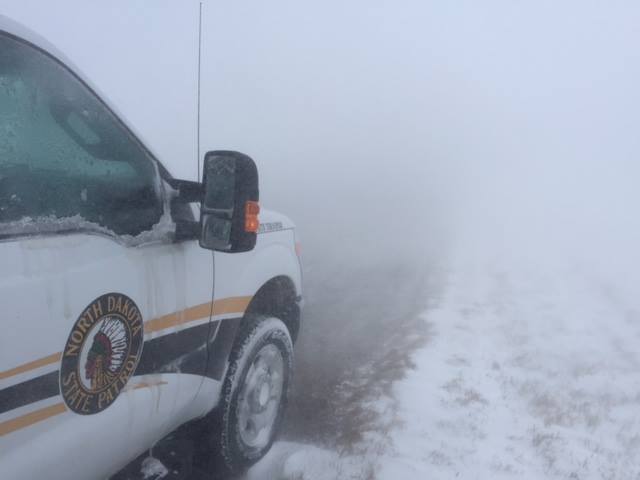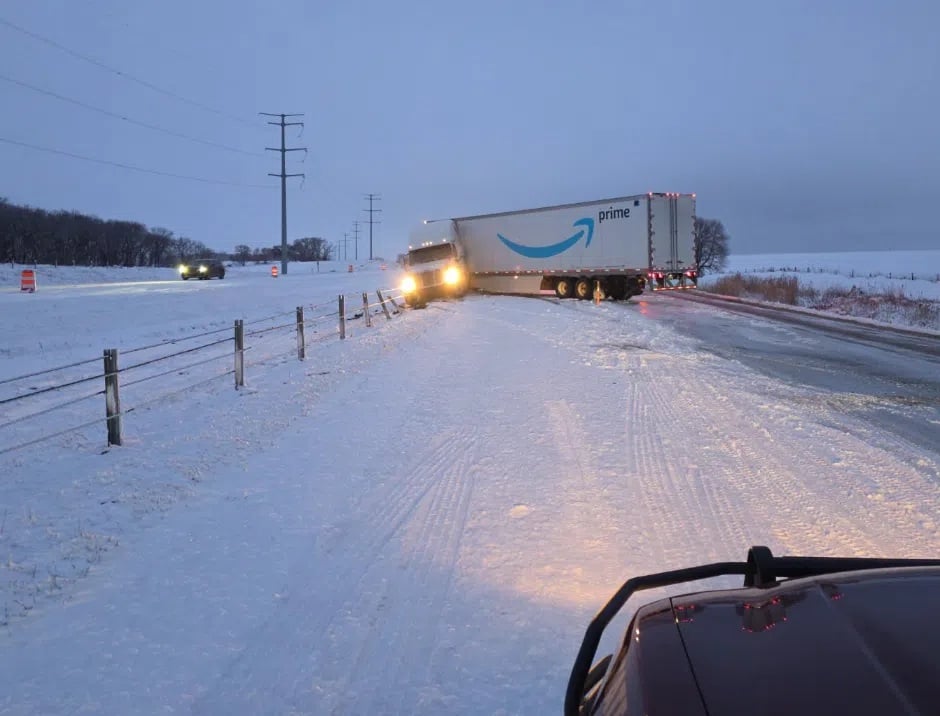UND Students Get “Blown Under” In Order To Study Blizzards
The Project Used Many Different Instruments Including the Doppler on Wheels
GRAND FORKS, N.D. — Strong winds, rapidly dropping temperatures and blowing snow. All make for the perfect conditions for a research project at the University of North Dakota. For these students and professors, their goal this winter is to study blizzards and blowing snow in ways that have not been done before. It’s part of a campaign funded by the National Science Foundation and is appropriately named Blown Under.
“The Blown Under campaign is really designed to understand what the best way to measure properties of snowflakes and blowing snow is in strong windy conditions,” says associate professor and Blown Under principal investigator Aaron Kennedy.
One of the instruments used to measure the snow is known as the doppler on wheels or DOW. The DOW is most well-known from the Discovery Channel show Storm Chasers where it would scan tornadoes from close range. The past few weeks it traded in the tornadoes for snowflakes. The DOW can scan much lower than the National Weather Service and even the UND radar to get a better idea of the impacts of blowing snow near the ground.
“That gives us the ability to take really high-resolution radar data. If you were to take the original date that the DOW was supposed to go home was like two days ago. When we saw this ground blizzard potential coming up, we kindly asked if they could stay a couple extra days, and thankfully they were. I think this case has promised to be the home run for this project.”
The mobile radar can scan the storm very quickly and get images traditional radar cannot. The radar data from the DOW can also be used with the data from the radar atop Clifford hall at UND and the National Weather Service radar in Mayville to get a look inside a blizzard that has never been seen before. All the radar data will be used with information from many other instruments that were released into the storm and placed around town.
“We also have instruments out west of town that are shooting lasers up into the air. So we’re actually able to see snow particles fall through the air. We have a camera that’s a snowflake camera that we’re running which will also be taking pictures as snowflakes fall through the atmosphere,” says Ph.D. student and Blown Under team lead Aaron Scott.
As the storm drew closer a particle imager was prepared to be sent up into the air and was the first time an instrument like this was used to measure a blizzard.
“Sending this particle imager up will actually be one of the first times it’s been done inside an actual blizzard. So, getting these images of snowflakes as it’s ascending up through the blowing snow plume could some of the first times we’ve seen images like this. Snowflakes are different and there are many different types of snowflakes and knowing what snowflake is actually falling has a lot of information to know how much snow you could actually get based on the type of flakes you have,” says Scott.
The balloon needs to be filled with two full tanks of helium in order to lift the six-pound imager into the storm. The team then tracks the instrument with GPS to be able to retrieve it once it comes back down. With the arctic front still just north of Grand Forks, the project is well underway. Students will continue to collect measurements through the rest of the storm and gain real world experience for collecting data.
“The students are leading the organizational efforts for the different components of the project, and so I’m just sort of there as a mentor in the background helping out, giving my thoughts as much as possible,” says Kennedy.
“This is really the first time a lot of students are getting first-hand experience in the field, including myself really being a Ph.D. student I haven’t done a lot of field work and so this one way I’m kind of getting outside of the computers and actually out in the field seeing how you can conduct a project. And also how to lead students which is an important part of the project,” says Scott.
It’s real world experience that the students involved with were very excited for, even if it meant getting stuck in a blizzard.
Everyone was able to make it back home safely once the conditions got better. With the data collected in the blizzard, the project hopes to be able to incorporate blowing snow into computer models and help make better forecasts.






